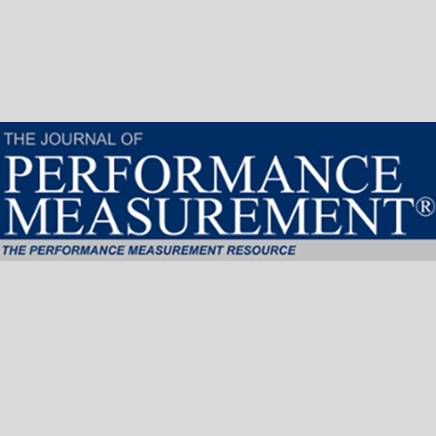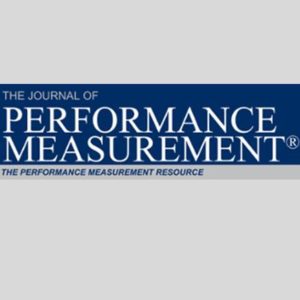Another Interpretation of Negative Sharpe Ratio
$25
In negative return periods, the Sharpe ratio becomes negative. If we adopt the idea that a larger Sharpe ratio means better performance, as when the ratio is positive, then the conventional wisdom that smaller risk is better if the returns are the same seems to be contradicted. In this short paper, I used the concept of an ex-ante capital market line and show that the conventional wisdom is not appropriate for negative return periods, and we can use the Sharpe ratio as an indicator of performance evaluation, irrespective of its sign.
Author: Yoshiaki Akeda
In negative return periods, the Sharpe ratio becomes negative. If we adopt the idea that a larger Sharpe ratio means better performance, as when the ratio is positive, then the conventional wisdom that smaller risk is better if the returns are the same seems to be contradicted. In this short paper, I used the concept of an ex-ante capital market line and show that the conventional wisdom is not appropriate for negative return periods, and we can use the Sharpe ratio as an indicator of performance evaluation, irrespective of its sign.
Another Interpretation of Negative Sharpe Ratio



